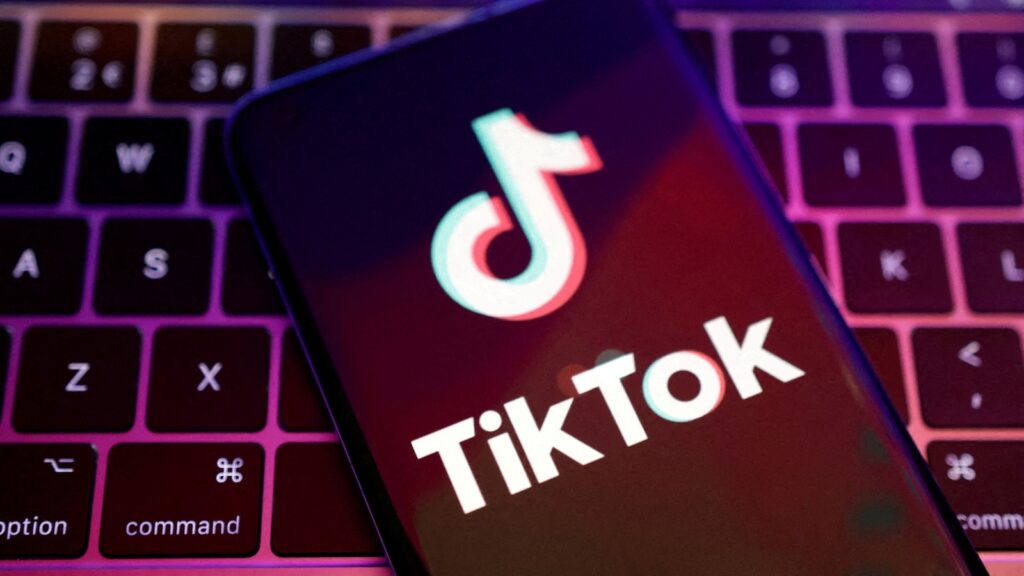ByteDance Unveils OmniHuman: A Leap Forward in AI-Powered Video Generation
In an exciting development for the world of artificial intelligence, ByteDance, the tech giant behind TikTok, recently revealed its cutting-edge AI model, OmniHuman-1. This new system is designed to generate realistic videos of humans that mimic natural speech and movement—all from just a single static image. As a result, ByteDance appears to have jumped ahead of its U.S. competitors, stirring fresh concerns about the implications of such technology, especially regarding the risk of deepfake videos.
A Groundbreaking Advancement
According to a research paper released by ByteDance researchers, OmniHuman-1 was trained on a staggering 18,700 hours of human video footage. The team claims that this AI model is "unprecedented in accuracy and personalization," enabling users to produce extremely realistic human videos without the typical flaws associated with earlier technologies. No longer will creators need hundreds, if not thousands, of images—the ability to craft lifelike content from just one image opens the door to new possibilities, but also to potential misuse.
Henry Ajder, a leading expert in generative AI, explained the significance of this advancement, stating, "This is probably the most impressive model I’ve seen to combine all of these different multimodal activities." He pointed out its capability to generate voice audio that matches the visuals, emphasizing the model’s "incredibly realistic" outputs.
Potential Pitfalls
This powerful technology brings with it a host of ethical concerns. Experts caution that if released publicly, OmniHuman-1 could lead to new forms of abuse, further complicating existing national security issues surrounding ByteDance. Ajder remarked that with such advancements, targeting individuals based on a single image becomes alarmingly easier.
John Cohen, a former intelligence head at the Department of Homeland Security, echoed these sentiments. He warned that as the quality of AI-generated content improves, the risks associated with it—such as the production of deepfakes for disinformation or malicious purposes—could dramatically escalate.
In the lead-up to the 2024 elections, the potential for AI technology to be exploited is particularly concerning. Reports indicate that in the past, AI was utilized to create propaganda videos, stirring discord among voters on sensitive topics like immigration and crime.
Real-World Implications
While the OmniHuman-1 has not yet been released for public use, there are worries about how quickly it might be integrated into platforms like TikTok. The technology’s ability to create high-quality videos could enable bad actors to generate misleading content more effectively and efficiently.
Examples of AI’s impact are already visible across the globe. In Bangladesh, AI-generated fake images have surfaced, while Moldova recently dealt with fabricated videos misrepresenting political figures. Domestically, concerning instances of AI impersonating President Joe Biden’s voice to mislead voters have also emerged, amplifying calls for vigilance.
A Call for Caution
As the U.S. strives to advance its AI capabilities, it runs the risk of falling behind the curve in managing the threats posed by such technologies. Cohen highlighted the need for rapid governmental responses to safeguard against misuse of AI. Meanwhile, the challenges posed by organizations like ByteDance and their ties to the Chinese military raise complex dilemmas regarding technology’s future in America.
With significant investments aimed at enhancing AI, the landscape continues to evolve. According to reports, President Trump previously announced a $500 billion private sector investment in AI innovations.
Conclusion
As AI technology advances at a breathtaking pace, the unveiling of OmniHuman-1 serves as both an exciting breakthrough and a stark reminder of the complexities that accompany such innovations. The ability to generate lifelike videos from a single image offers endless creative possibilities, but it also calls for a reevaluation of the ethical frameworks that govern its use.
The AI Buzz Hub team is excited to see where these breakthroughs take us. Want to stay in the loop on all things AI? Subscribe to our newsletter or share this article with your fellow enthusiasts.




